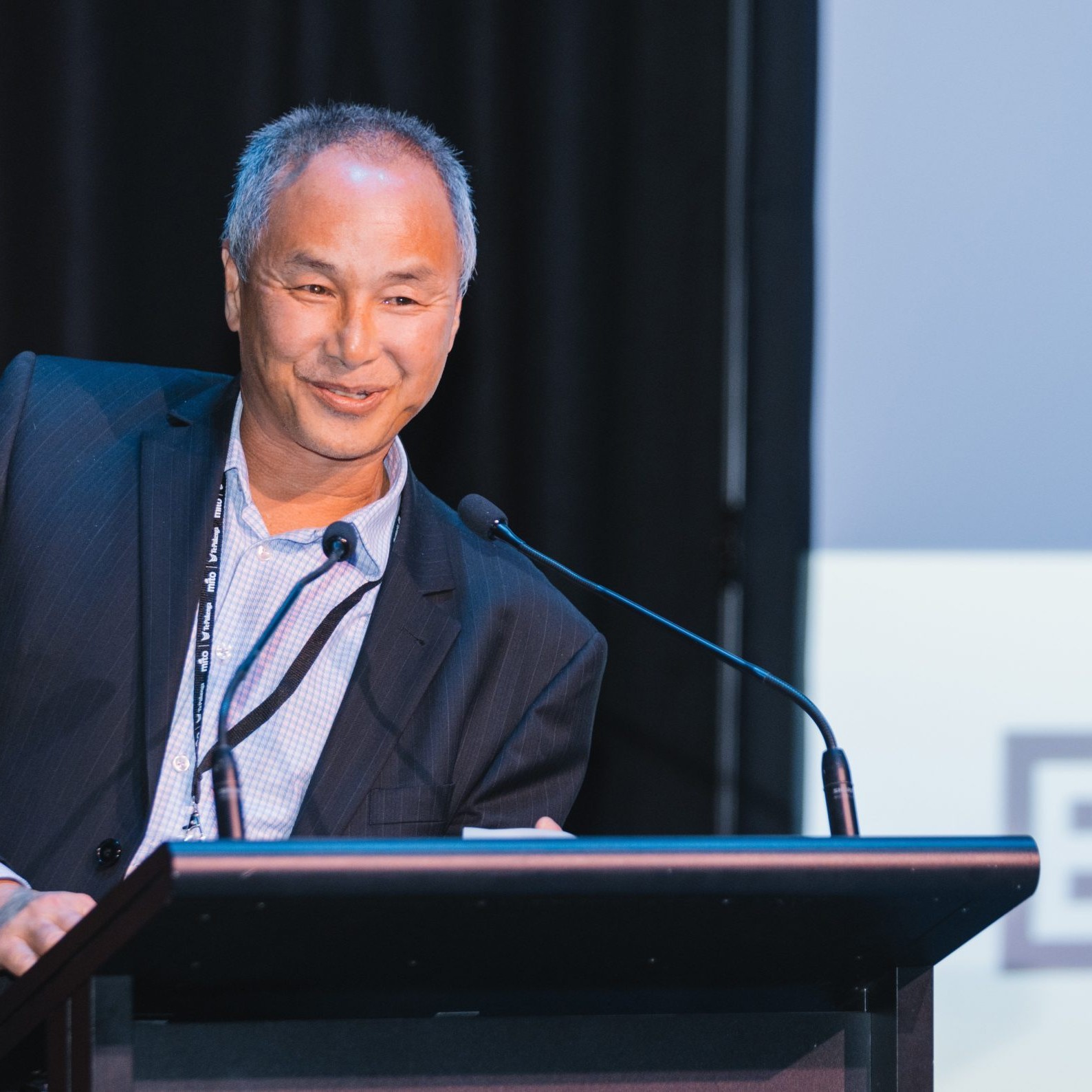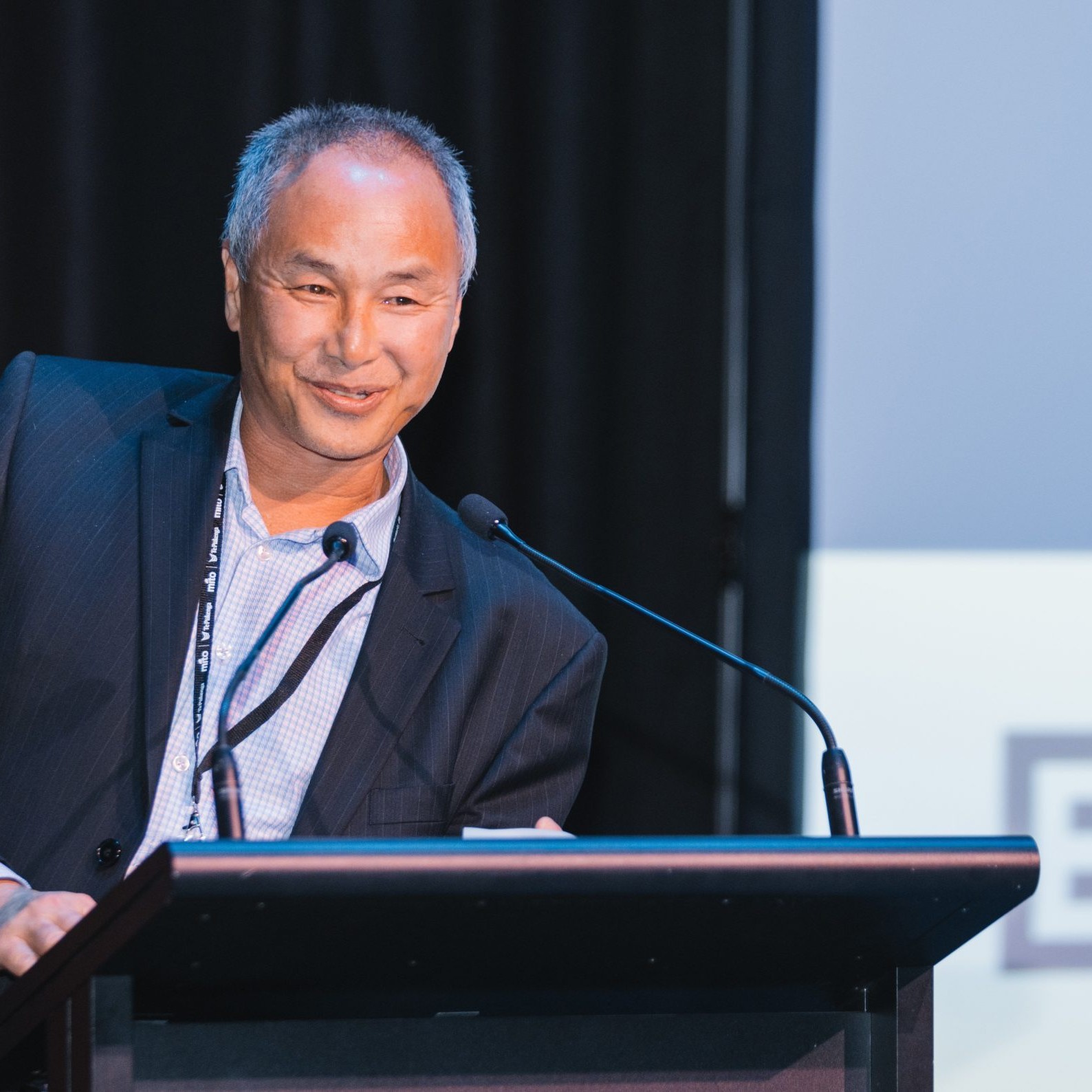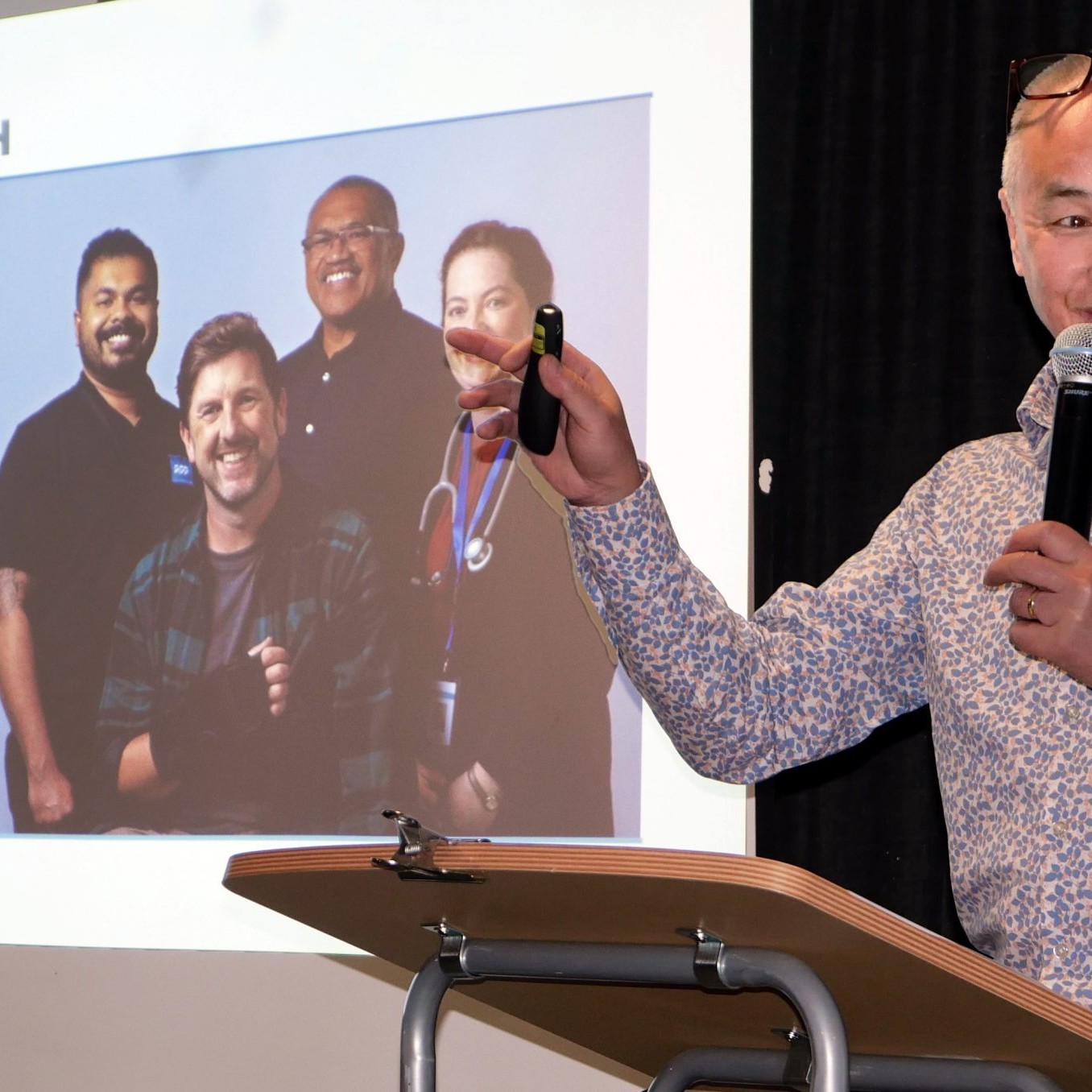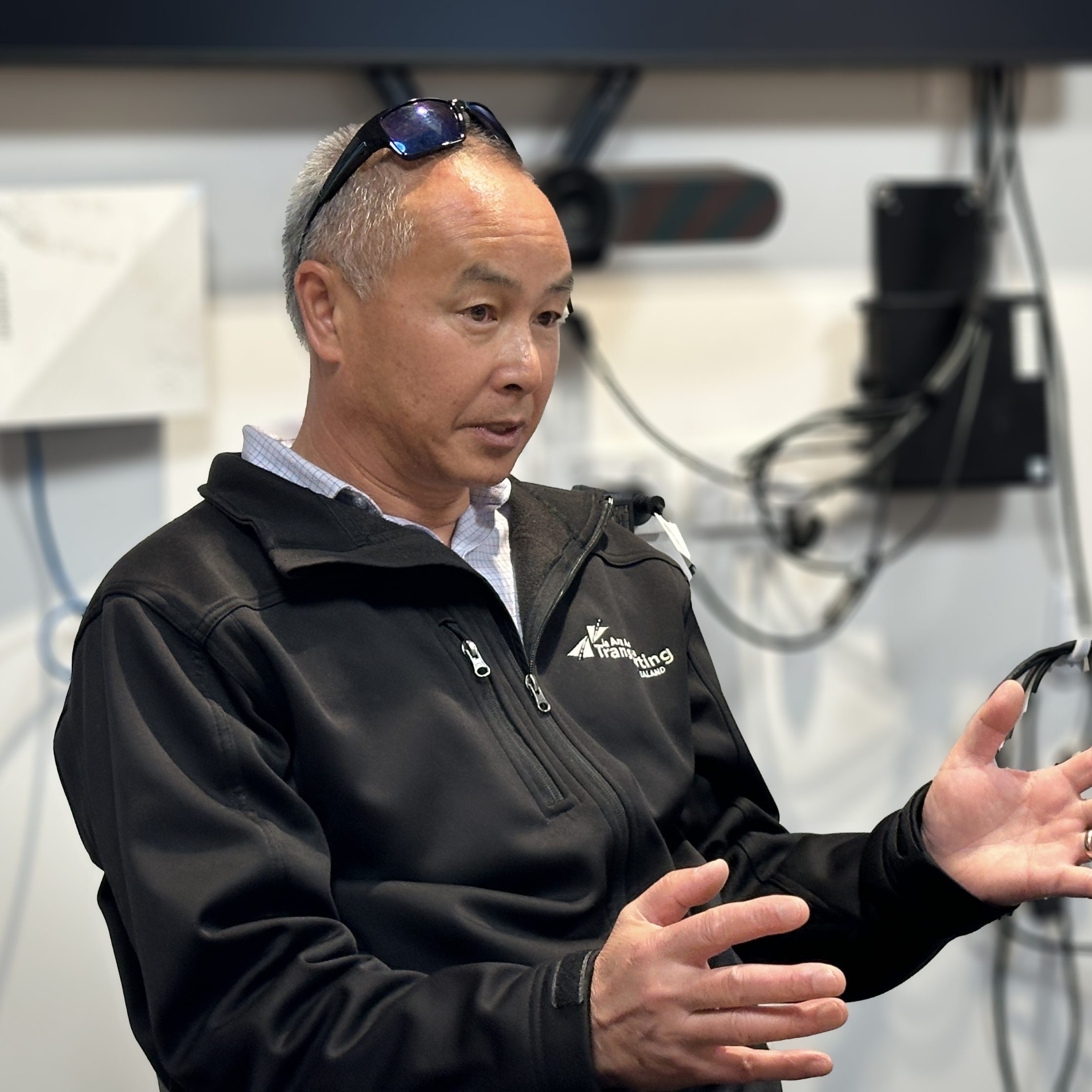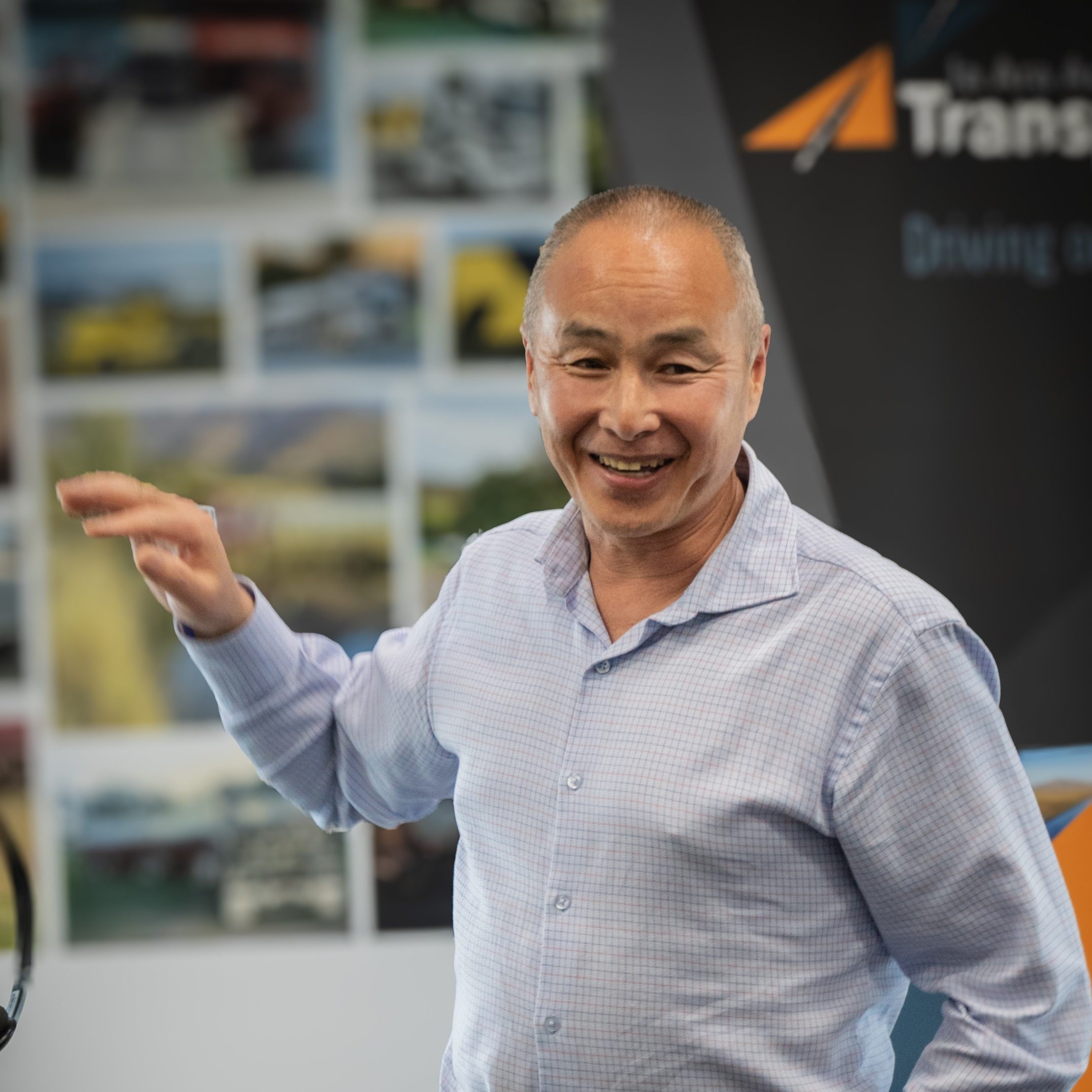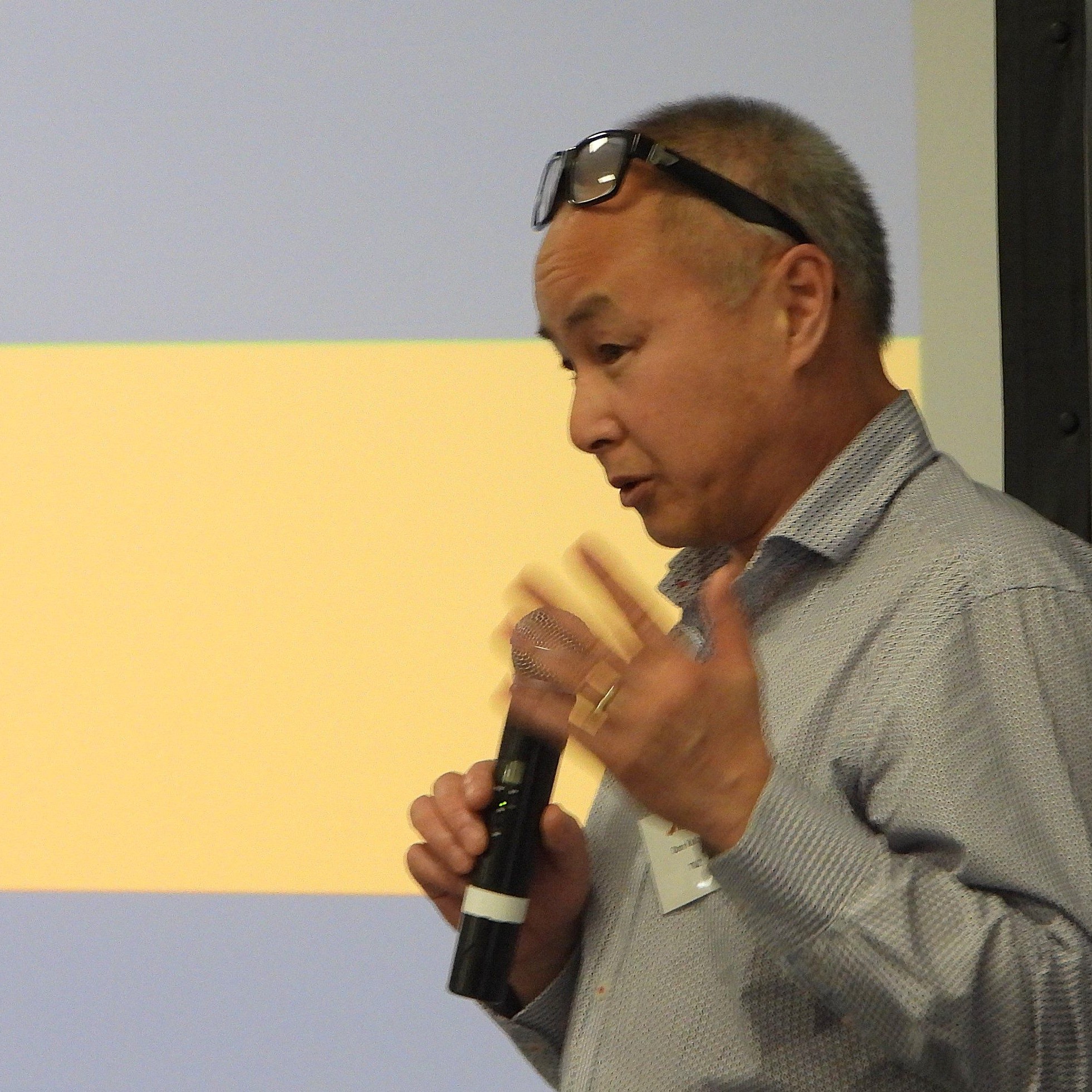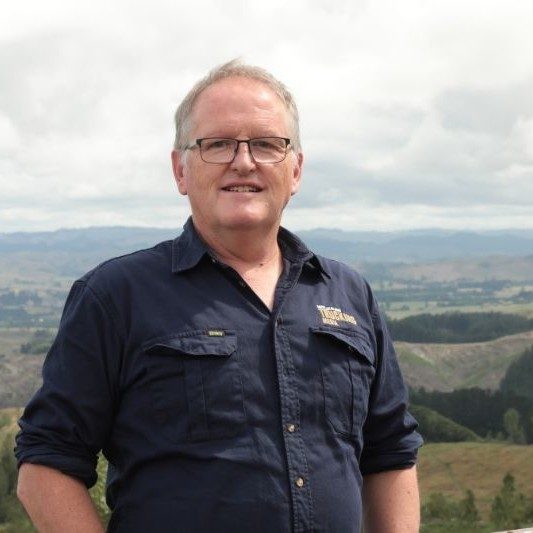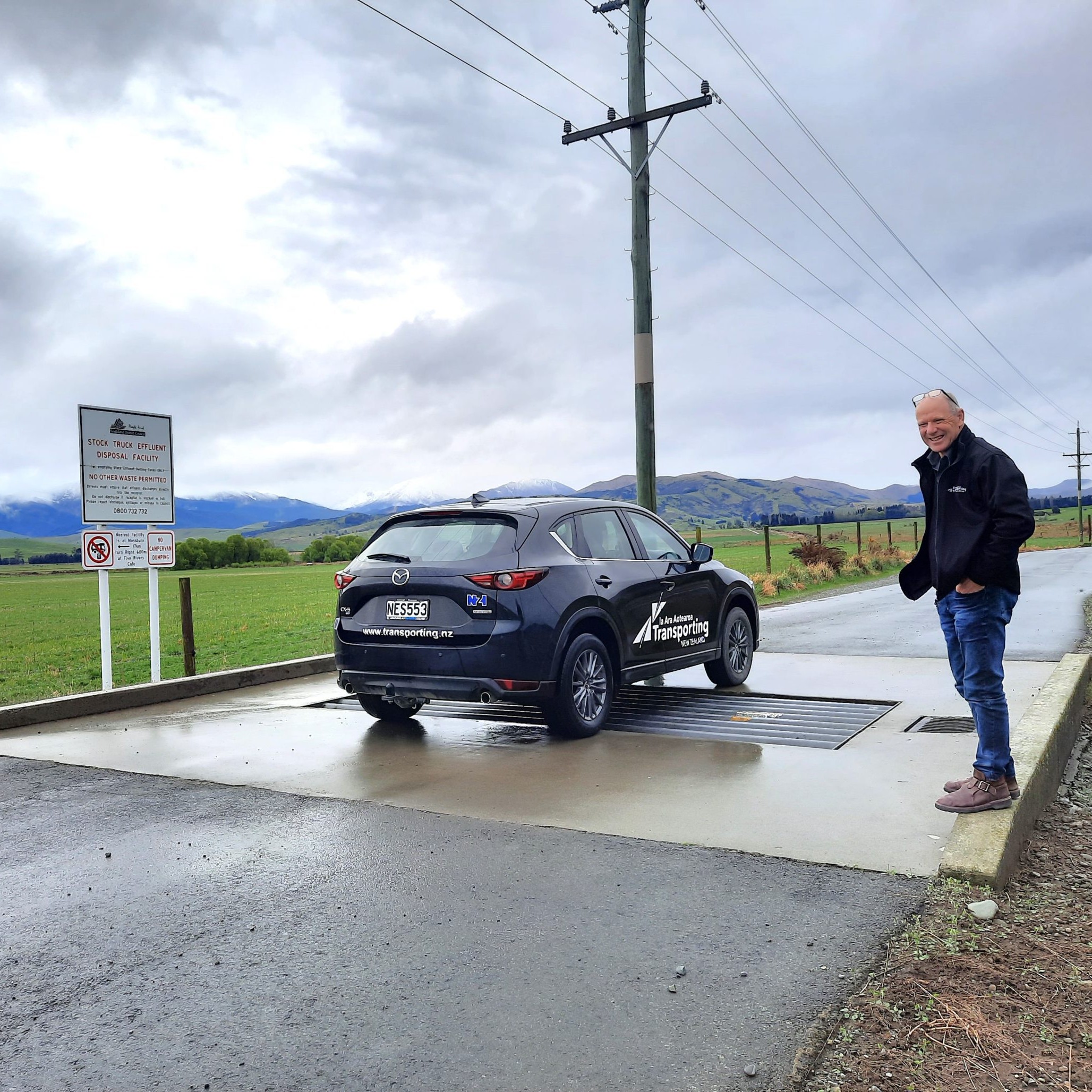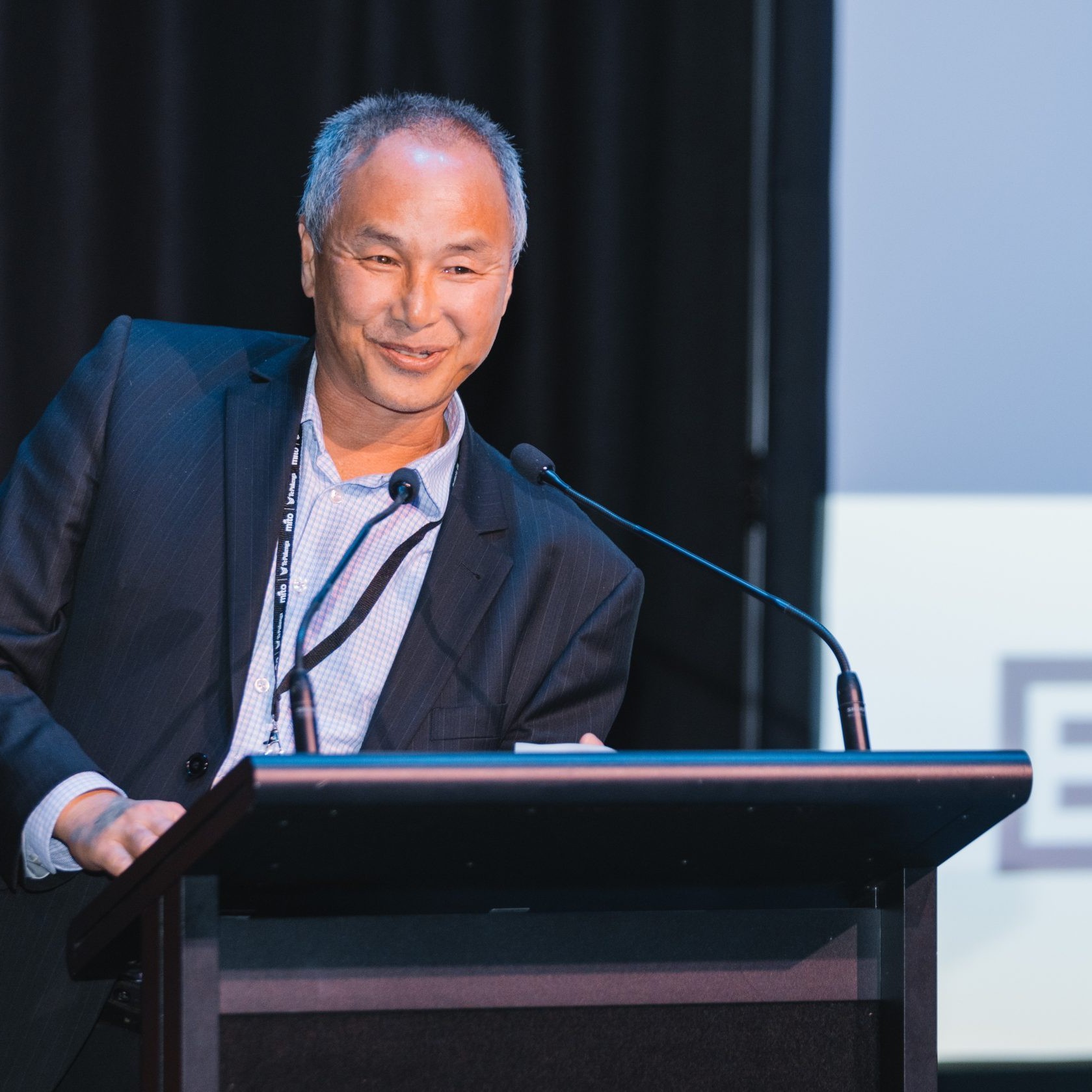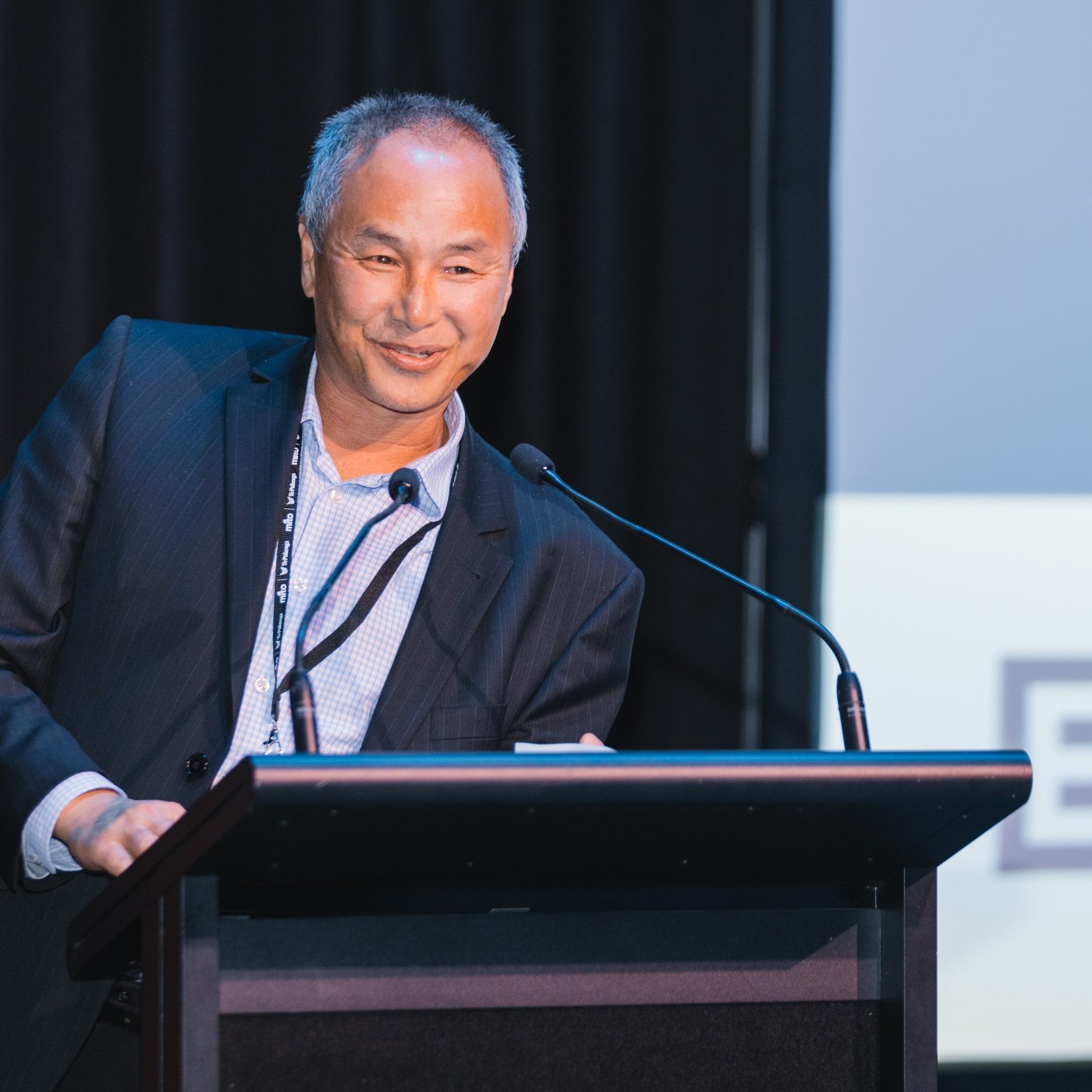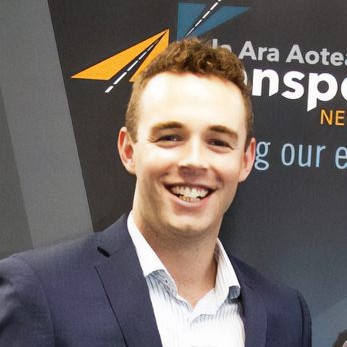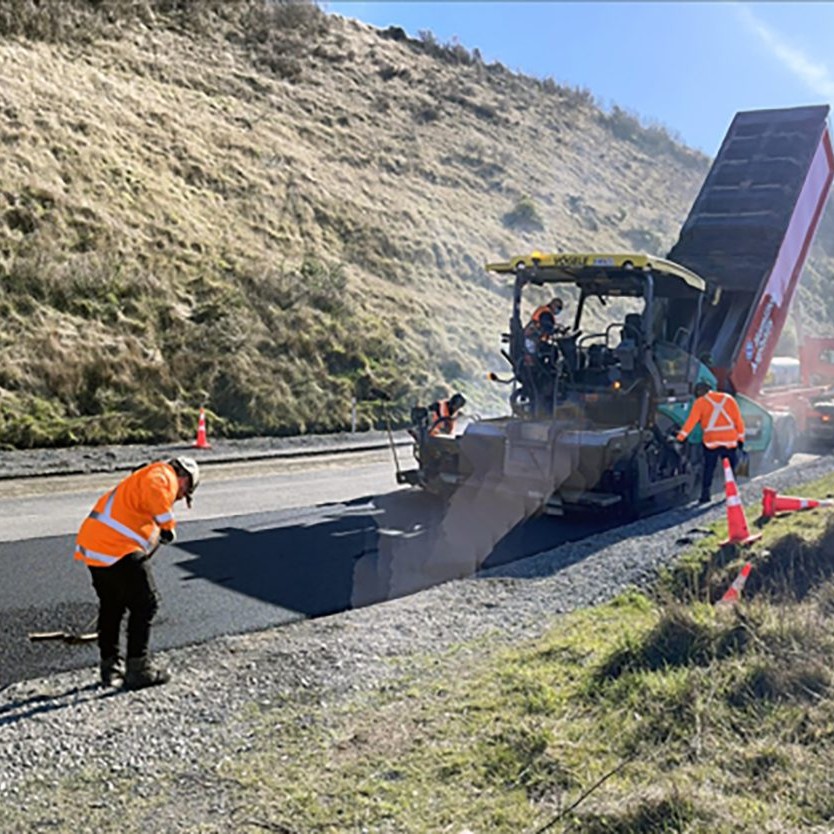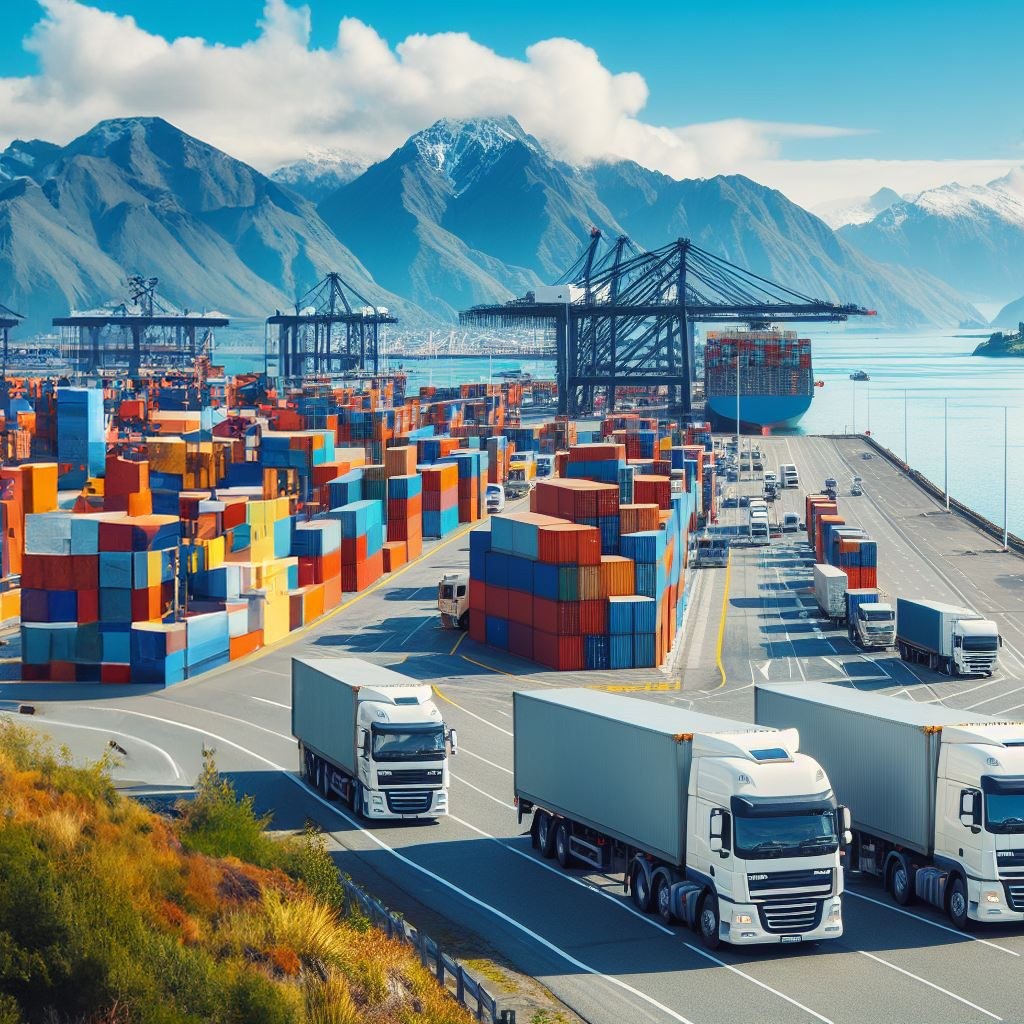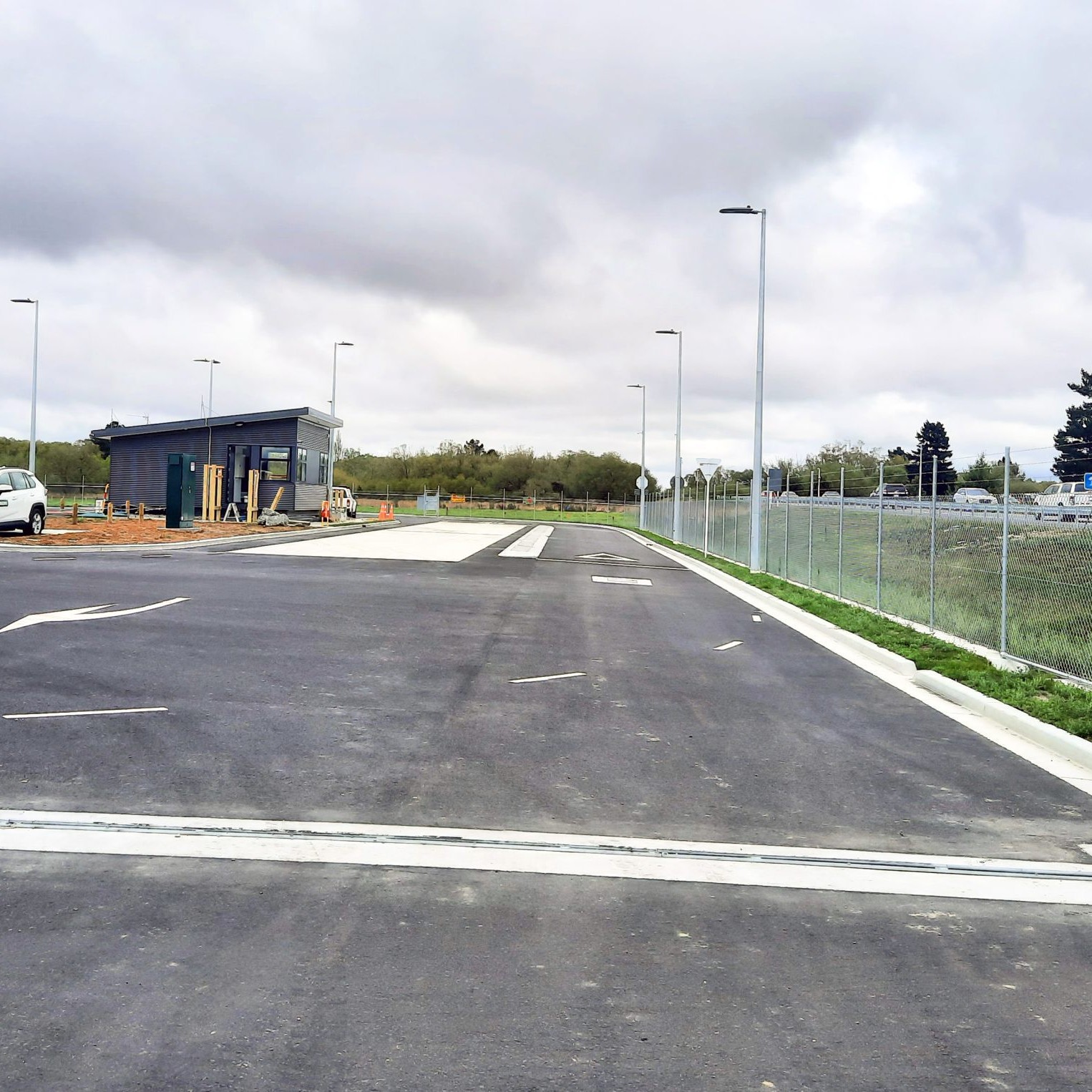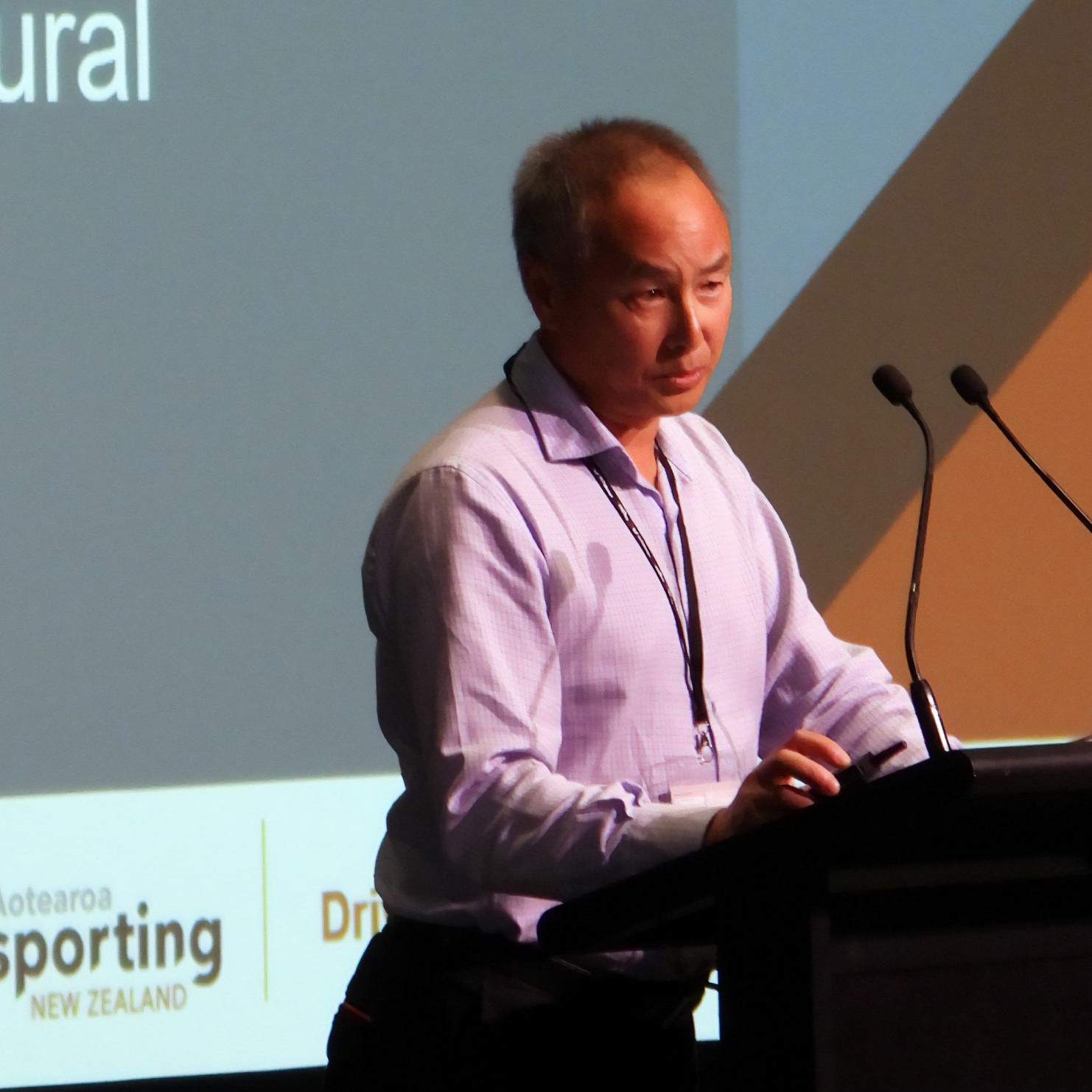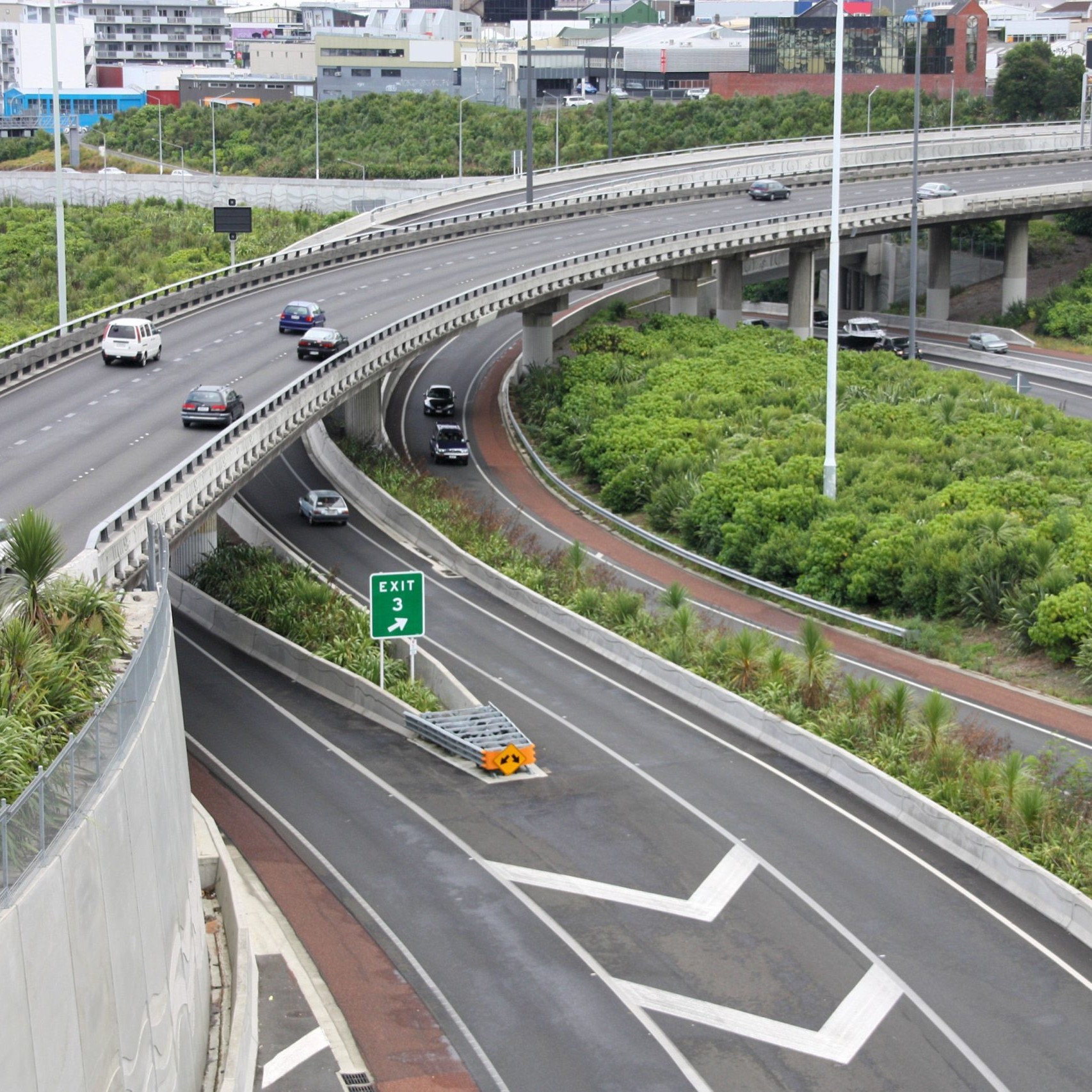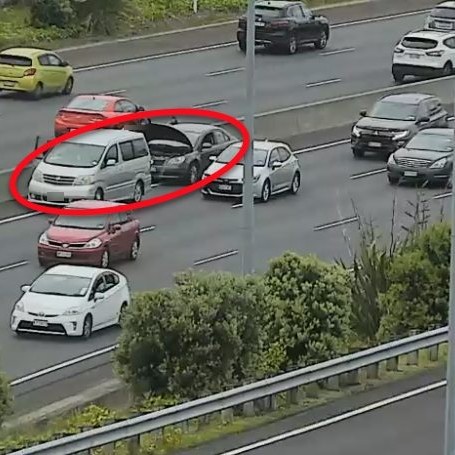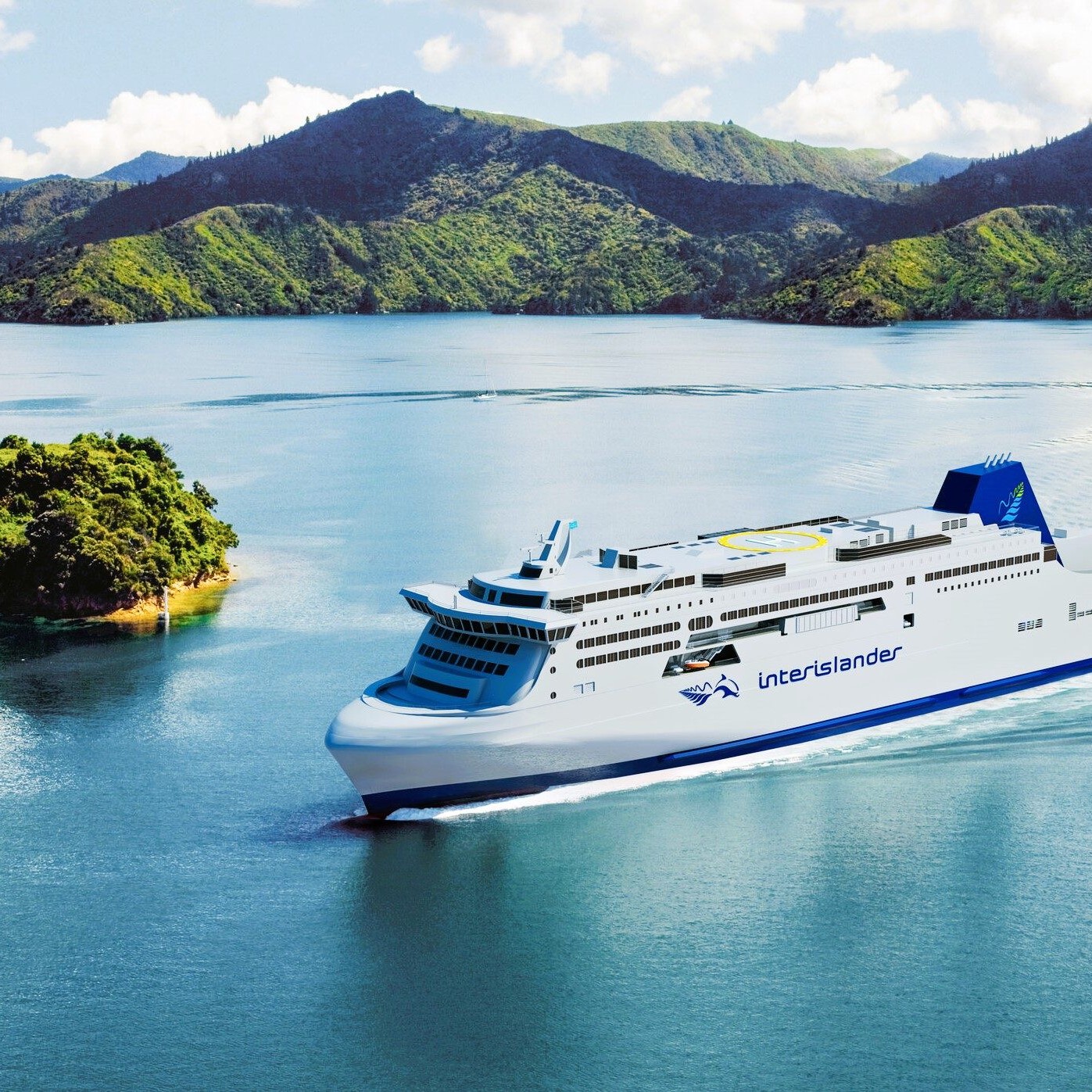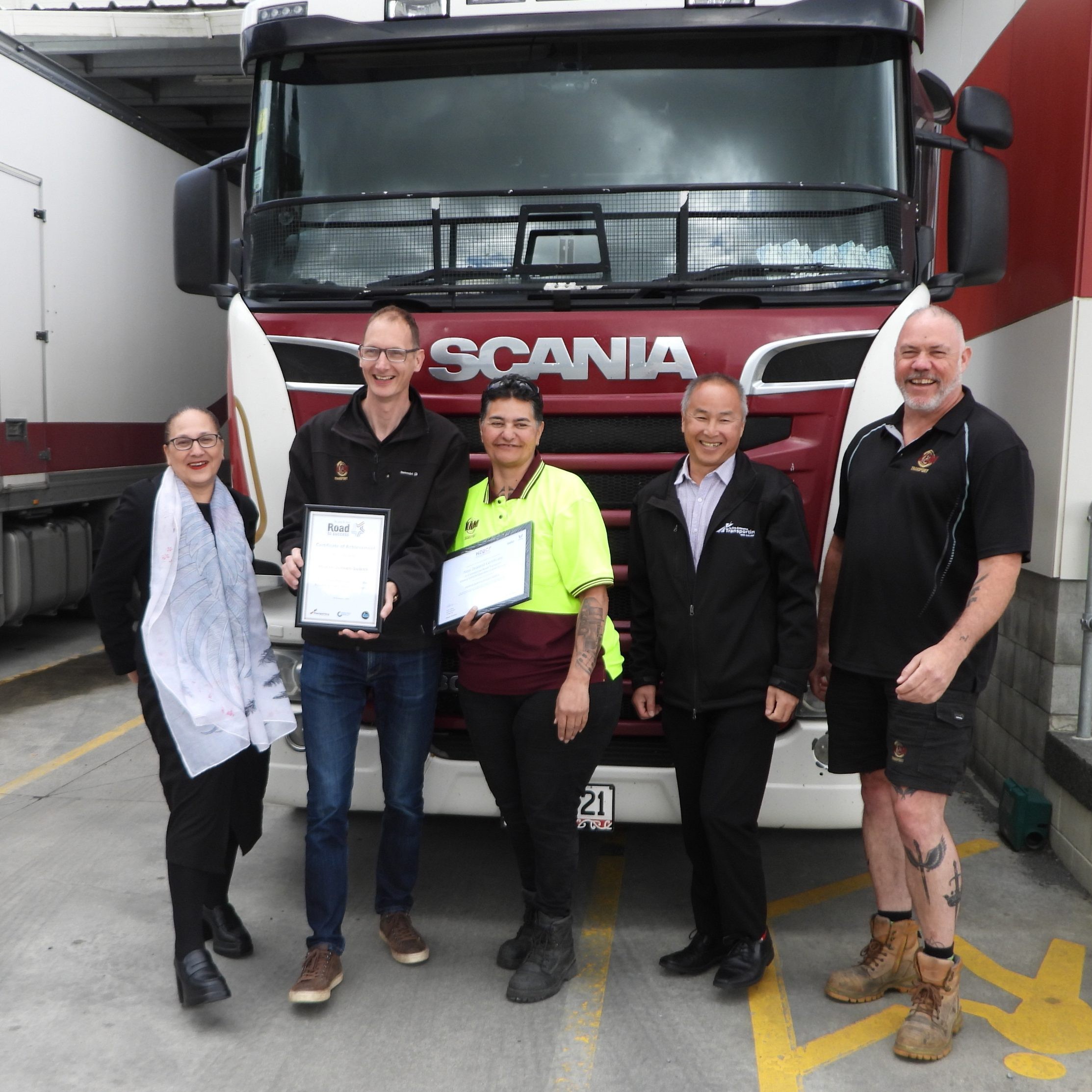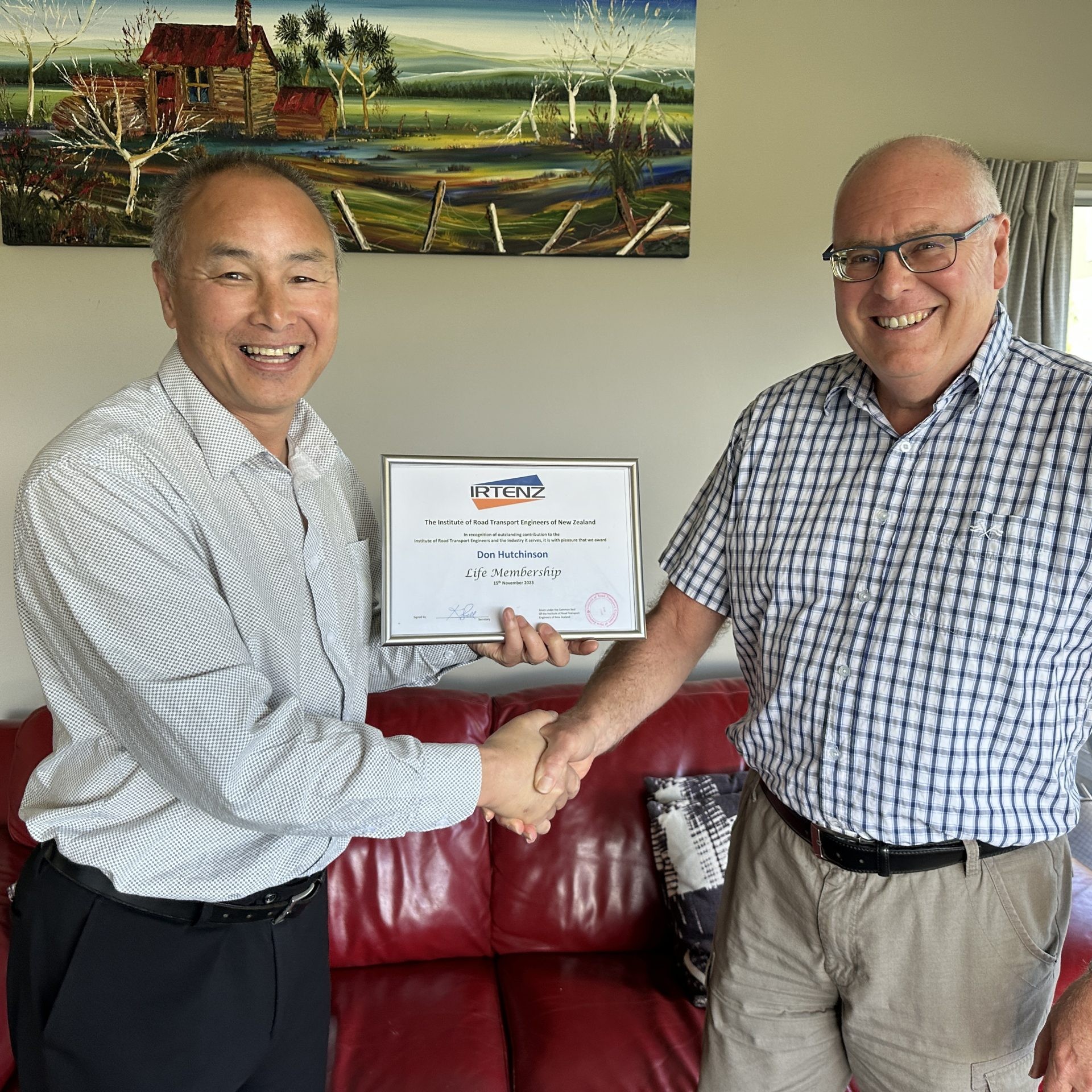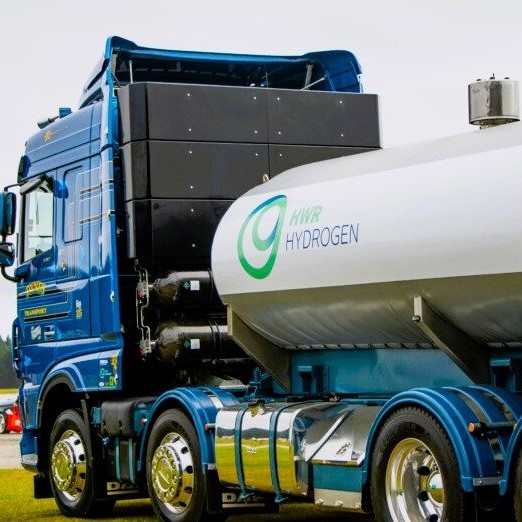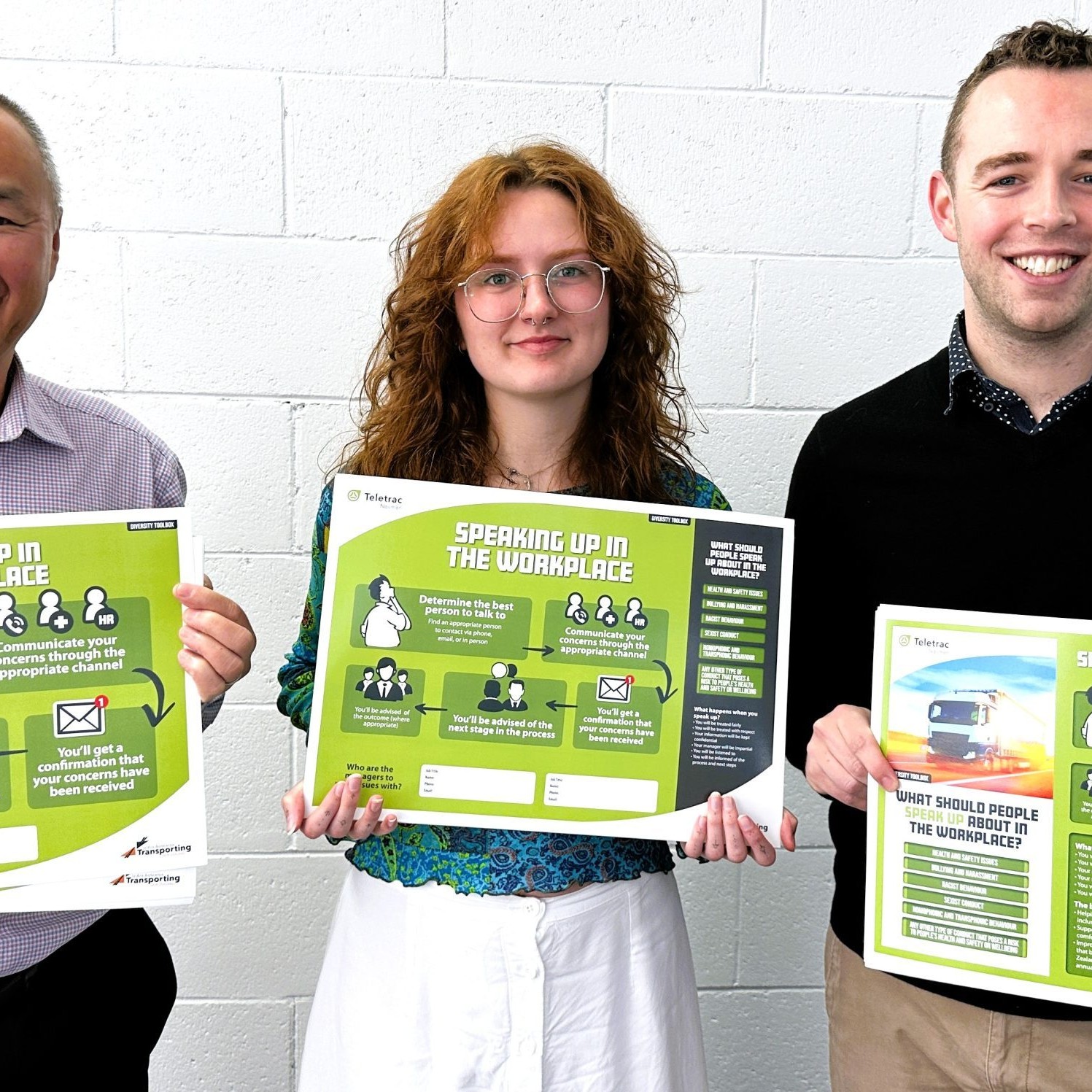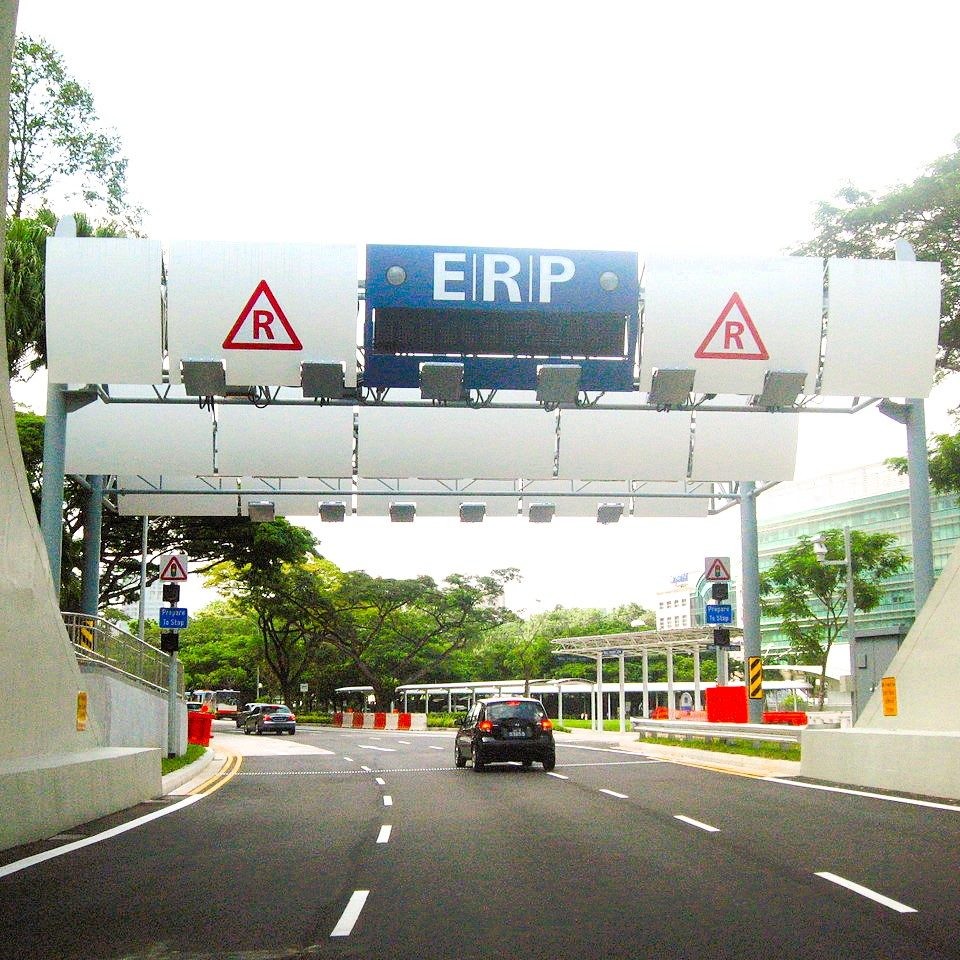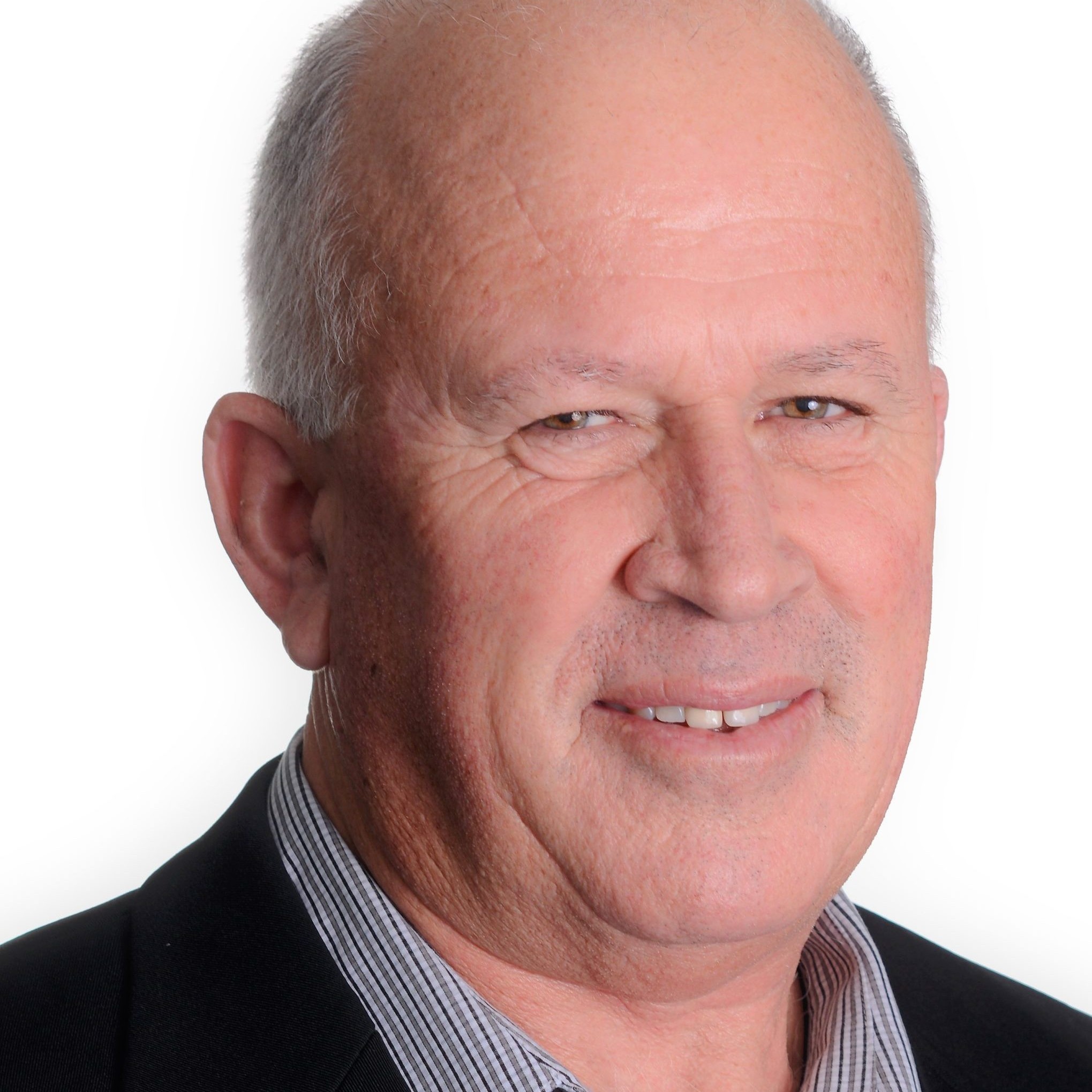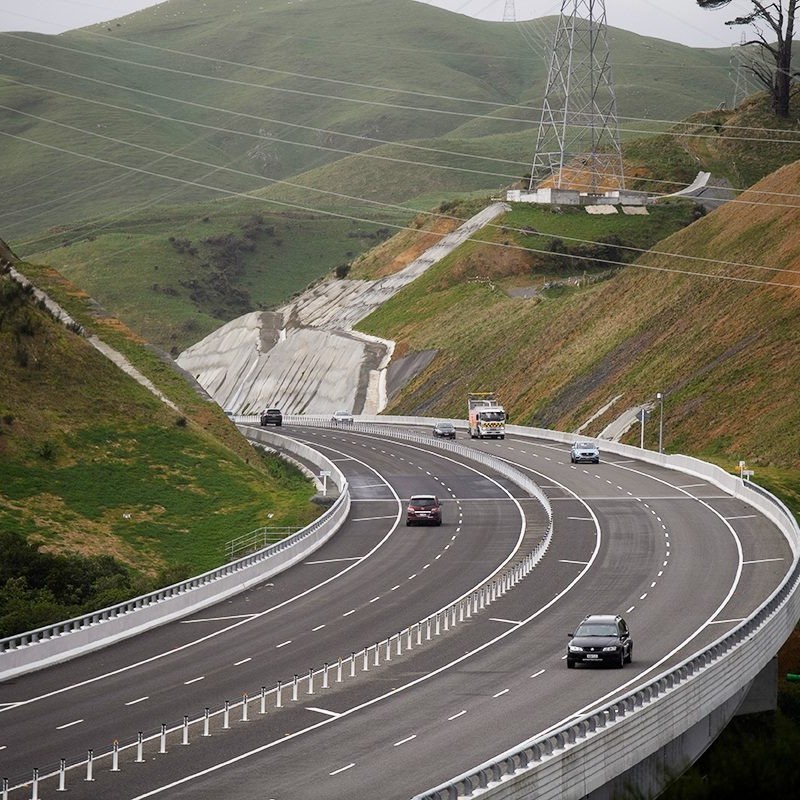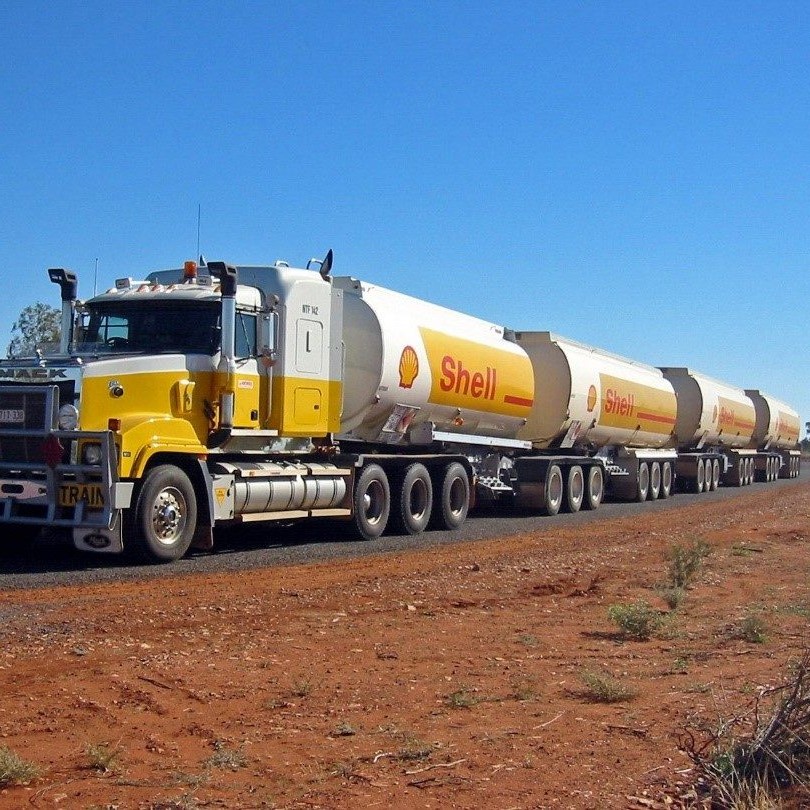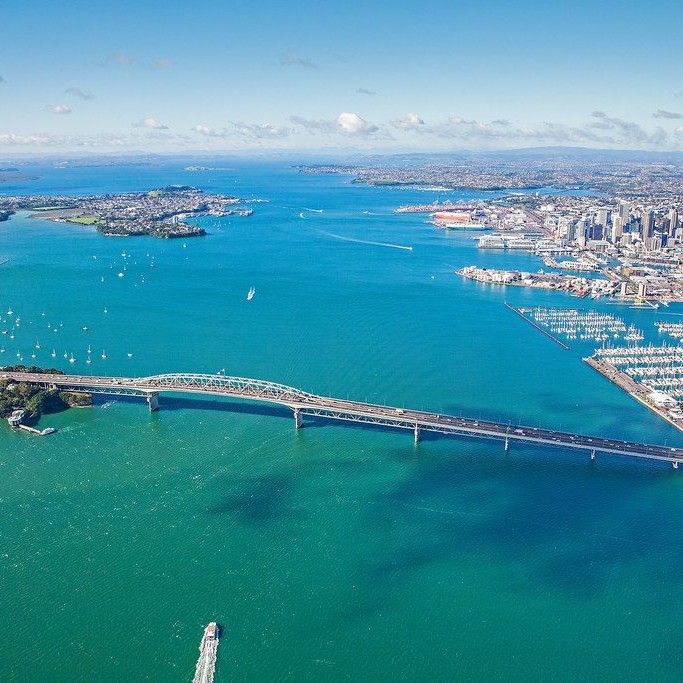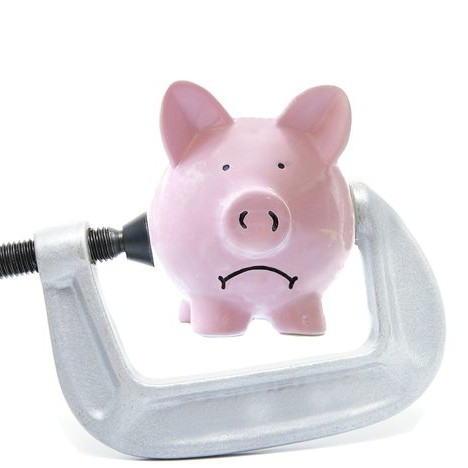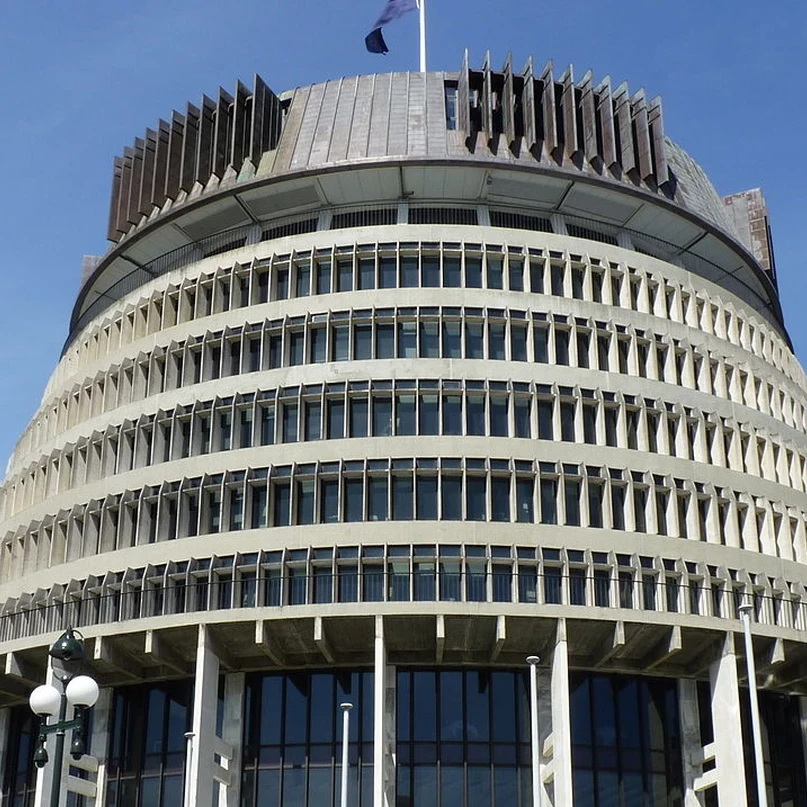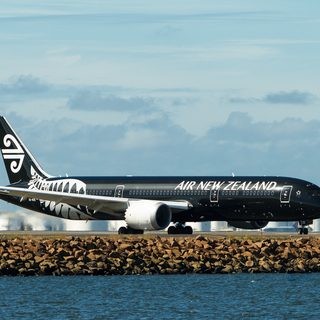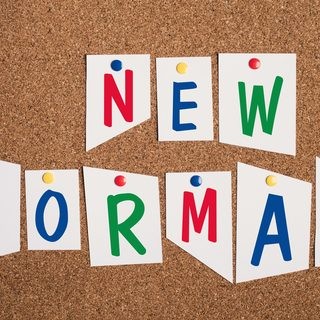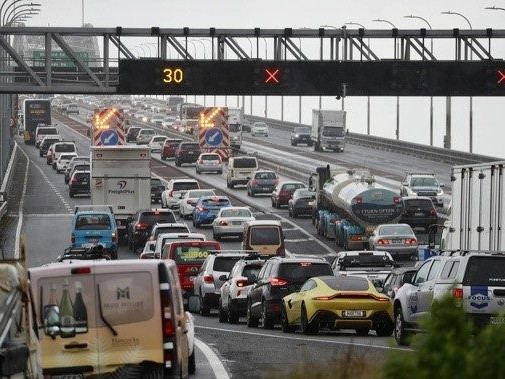
There’s lots happening in the roading space,
As MP Katie Nimon alluded to at our recent Napier Seminar, work has now started on the Hawke’s Bay Expressway RoNS (Roads of National Significance) in order to four-lane it.
The Mackays to Peka Peka section of the Kapiti Expressway that opened in 2017 has led to Kapiti having one of the lowest rates of road fatalities in the country and we expect this latest improvement in the Hawke’s Bay to bring similar safety improvements, productivity benefits and a loss less frustration for people in the 29,000 vehicles a day that use it during peak times.
Mainstream media had some interest and my point to that was, sure this is good for trucks and movement of freight, but let’s not forget trucks are only about 10 percent of the traffic stream. For every truck driver that these improvements will bring relief to, there are nine times as many other community members that will directly benefit and hundreds, if not thousands of others that will benefit as a consequence.
Changes aren’t always improvements
Meanwhile reports on changes to local roads seem to be doing almost the opposite. In Hamilton, 10 pedestrian crossings have been installed along a stretch of 350 metre roading. The Hamilton street with 10 crossings in 350m | Stuff
In Christchurch a roundabout at the foot of the Port Hills, connecting Dyers Pass Rd, Cashmere Rd, Colombo St and Centaurus Rd, has had $700,000 spent on traffic safety improvements. Well, some road users are suggesting “downgrade” may be a better word for the work done. Major Christchurch roundabout upgrade an ‘abomination’, some road users say | Stuff
And in Wellington, our council is enhancing the safety and alleviating traffic issues at an intersection described as a “major gateway to Wellington” by putting in traffic lights with six months of disruption predicted. Locals are not happy, including a number of schools, and six months to install traffic lights seems like an extraordinary length of time for a relatively minor project.
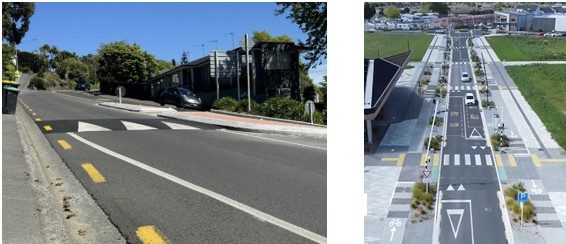
It seems odd to me that some councils’ philosophical thinking still appears to be along the lines of safety at any cost and to heck with commonsense. As a result we will need to think how we advocate to local government on changing that mindset and working on practical solutions that don’t ruin traffic routes.
NZTA has announced that next month it will change the speed limit on the Kāpiti Expressway to 110km/h. This section of State Highway 1 is designed to a high standard with adequate safety features and once implemented, the new speed limit will apply to 24.5km of the state highway. While it doesn’t directly affect trucks, this is good news as it will enable light vehicles to speed less time alongside trucks while passing them.
Public consultation on increasing the speed was undertaken in May this year and we supported this proposed change. Hower we also pointed out in our formal submission that Transporting New Zealand believes where the corridor meets the appropriate design and construction standard then the respective speed limit should automatically apply. In our view consultation is not necessary and a waste of everyone’s time and money in these cases. Our recommended approach would also reduce the risk of inconsistency in the setting of speed limits and we asked that it be considered during the review of the Speed Limit Rule.
Weigh-in-motion
Finally on roads, I attended a NZTA presentation about results and concerns it is seeing from its high-speed weigh-in-motion system at Auckland Harbour Bridge.
The system photographs the vehicle combinations exceeding the weight limits and NZTA showed several photos, that included a range of different vehicle configurations on different tasks and said the current levels of non-compliance are not acceptable nor sustainable.
There is strong correlation between vehicle gross combination mass, axle spacings and the impacts on loading bearing structures. The Harbour Bridge is a key part of the network and closedowns have significant impact on the community. In April last year NZTA undertook consultation on some alternative options and the first order costs of the five scenarios ranged from $15b to $25b. Several months later there were media reports of costs closer to $50b. I don’t know what the costs will be but it’s a lot when you consider that the $32.9 billion investment committed in the 2024-27 National Land Transport Programme (NLTP) is a record.
So the lesson is please keep to the weight limits of respective routes and help look after our roading network.
Two highlights of the week for me included Billy Clemens and I meeting with executive management at the Ministry of Transport to discuss future transport rule changes and what stakeholders would like to see, and a webinar Diversity Workshop we jointly hosted with Teletrac Navman and Fia Collins.
For me the latter was a powerful reminder of the fact we all have unconscious bias and that impacts how we behave and communicate with people every time. That creates risks but those risks can be mitigated. Increasing diversity is a key part to ensuring we are better placed with our future workforce and if you didn’t get a chance to join the webinar I’d urge you to spend 45 minutes look at it on our Facebook site.
Farewell to Ox
Finally, and it is something I’ve been doing far too often of late, is the sad announcement that we lost another leader in transport with the passing of Wayne “Ox” McEwan.
Ox was well respected at industry level as well as being a personable and very likeable character. He will be sadly missed and he is another big loss to our industry.
Our sympathies and condolences to the team at HWR and to the wider McEwen whanau.
